Curious about aggressive dog training? You're not alone, as this behavior is pretty common. A recent survey published in the Journal of Veterinary Behavior found that over 55% of dogs in the U.S. show signs of aggressive behavior, especially toward strangers or other dogs. These behaviors can be stressful for both pets and their owners.
Training provides a structured way to reduce unwanted reactions, such as aggressive outbursts, and teach better responses. If your dog shows signs of aggression, there are practical tools and techniques that can help improve their behavior. Keep reading to find smart solutions that actually work.
What Is Aggressive Behavior in Dogs?

Aggressive behavior in dogs can show up in different ways. Some dogs bark nonstop, while others might growl or snap. These actions are often tied to fear, stress, or confusion—not just bad manners. Understanding what your dog is trying to say can help guide dog training and build positive behavior habits.
Common signs include:
- Growling or snarling
- Snapping or biting
- Stiff body language
- Lunging at other animals
- Guarding food or toys
Are Certain Breeds More Prone to Aggression?
Some dog breeds have stronger guarding instincts or more aggressive tendencies, but that does not mean every dog will behave that way. A dog's history, environment, and training program all play major roles in shaping behavior. Breed alone is not the whole story—but it can be a factor.
Breeds often linked with aggressive behavior include the Akita, Chihuahua, Chow Chow, Dachshund, Doberman Pinscher, Rottweiler, Jack Russell Terrier, and German Shepherd. Although all these breeds can be trained to be well-behaved and loving dogs. Focus on the dog's personality and behavior, not just the label.
Understanding Why Dogs Become Aggressive
Dogs do not just wake up grumpy. Aggression in dogs often comes from things they feel, fear, or remember. To better understand aggressive behavior, we need to look at what triggers it. Let's break down the most common causes and how they can shape behavior.
Fear and Anxiety as Triggers
Fear is one of the top reasons dogs react aggressively. Loud noises, strange places, or unfamiliar people can cause an intense emotional response. Some dogs freeze. Others bark or snap. This kind of dog aggression is not about being mean—it is a defense. Recognizing warning signs early helps guide better dog aggression training. Consistent praise and time can shift anxious habits into more peaceful, controlled actions.
Territorial Aggression and Resource Guarding
Some aggressive dogs act out when guarding their space, food, or toys. This type of aggressive response comes from a need to feel safe or in control. Your dog might bark at other animals, growl when someone gets near their bed, or protect a favorite chew toy. These behaviors are often about ownership, not meanness. A strong training program can help redirect these habits and teach alternative behaviors.
Pain or Injury-Induced Aggression
A dog in discomfort may act out without warning. Touch a sore spot, and you might get a growl or even a bite. This kind of canine aggression is not about attitude—it is about trying to avoid more irritation. Always check for signs of injury or tenderness if your dog suddenly changes behavior. Then, follow up with a vet and a professional dog trainer to adjust the training process.
Lack of Socialization and Negative Experiences
Dogs that miss out on early playtime or face negative experiences may struggle to feel safe around other dogs, people, or places. This can lead to aggressive tendencies and fear-based reactions. Socialization builds confidence and helps your pet's focus stay on fun, not fear. Use training games, puzzle toys, and calm meetups to gently expand their world. Small steps can lead to good behavior and lasting trust.
Related Post: How to Socialize an Aggressive Dog: #1 Guide with Proven Tips
How to Assess Your Dog's Aggression Level

Some dogs show mild signs, while others might need more attention and guidance. Watching for warning signs helps dog owners take the right steps with training. From light growls to risky lunges, each level matters.
Matching the right training program to your dog's personality and response helps build better habits and calmer behavior. Keep in mind, in general, that the more aggressive a dog is, the more training it can take to correct the behavior, and that all levels of aggression are trainable.
Mild Aggression
Some dogs send soft warnings before things get intense. These early signs often fly under the radar but still need attention and smart dog training.
- Light Growling or Barking and Avoiding Triggers. A dog may quietly growl or bark a bit and back away from loud sounds, strangers, or certain situations. These behaviors show discomfort and can grow into stronger aggressive tendencies without help.
- Snapping Without Contact. A quick snap in the air is not a full bite, but it is a serious heads-up. This aggressive response means your dog is upset and trying to protect space or avoid fear.
- Delayed Response to Commands. When a dog ignores basic commands, it may be distracted, overwhelmed, or agitated. This moment calls for positive reinforcement and some patience during the training process.
Moderate Aggression
Moderate aggression in dogs is harder to ignore. These behaviors often come with more noise, tension, and bigger challenges during obedience training.
- Showing Teeth or Growling More Often. Repeated growling or visible teeth are clear signs of discomfort or fear. A professional dog trainer may be needed if these signs keep happening.
- Mild to Intense Barking or Lunging. Barking and lunging at other dogs, people, or sounds can quickly become dangerous. Use counter-conditioning and behavior modification to ease your dog into good behavior.
- Willingness to Bite. If your dog gets close to making contact, do not wait. A behavior modification plan can prevent things from getting worse and help redirect their focus.
Severe Aggression
This is where things get risky. Dogs at this level need quick action, strong support, and likely professional help.
- Uncontrollable Barking, Lunging, or Biting. These aggressive behaviors can frighten family members and strangers. Immediate steps like behavior training and behavior modification are key to managing the risk.
- No Response to Commands or Treats. When a dog ignores everything—even snacks—it signals a high stress level or deep-rooted canine aggression. Focused training games and a strong training program are needed here.
- Attacks on Other Animals or People. This includes snapping at other animals or harming a person. Always seek professional help at this stage to protect everyone involved and help your dog behave better.
How to Help an Aggressive Dog Achieve Calmness
Aggressive dogs can struggle with staying calm, especially when stress or fear takes over. In addition to exercise and structured dog training, natural calming aids like CBD can support a balanced or relaxed mood and potentially ease aggressive behavior. It connects with systems in your dog’s body to help calm nerves and improve how they respond to stress.
- CBD Calming Chews for Dogs. These soft chews are packed with CBD, chamomile, L-tryptophan, and more to soothe frazzled nerves. Great for dog owners dealing with restlessness, hyperactivity, or aggressive tendencies.
- CBD Wellness Dog Treats. Made with sweet potatoes, blueberries, and hemp seed powder, these vegan treats help promote daily wellness. The broad spectrum CBD helps support calm behavior and steady moods.
- CBD Capsules for Dogs. Ideal for dogs who turn their nose up at treats or require consistent dosing. These capsules offer a mess-free, easy-to-hide option with the same broad-spectrum CBD oil for long-lasting calming support.
How to Train an Aggressive Dog
Training an aggressive dog takes patience, creativity, and the right tools. The goal is not to punish, but to teach better choices. With fun techniques like positive reinforcement, counterconditioning, and slow exposure to triggers, you can guide your dog toward good behavior that sticks.
Positive Reinforcement for Aggressive Dogs
Positive reinforcement helps your dog connect good behavior with rewards like treats, toys, or praise. It shifts the focus away from punishment and teaches your dog what to do instead of what not to do. This method builds confidence and strengthens the bond between you and your dog. It works especially well for aggressive dogs who react out of fear or confusion.
Using Treats & Praise to Encourage Desired Behavior
Rewarding your dog with treats and kind words helps shape better behavior in a fun way. During basic obedience training, positive feedback helps your dog understand which actions earn good things. This is especially useful when your dog resists commands or starts to react aggressively. The key is to give the reward right after the good behavior so your dog links the two.
The Role of Counterconditioning
Counterconditioning helps your dog feel better about things that usually trigger a bad reaction. You pair the scary thing like other dogs with something your dog loves, like treats or playtime. This helps replace a negative emotional response with a positive one. With time, it can ease aggression linked to fear or old memories.
Gradual Desensitization to Triggers
This method helps your dog face their fears step by step, without feeling overwhelmed. You start by exposing your dog to a mild version of the trigger, like seeing other animals from a distance. As your dog stays calm, you slowly move closer or increase the intensity. When done with rewards and patience, it helps ease aggression in dogs over time.
Related Post: Bubble Theory Dog Training: A New Approach To Canine Behavior
The Importance of Patience and Consistency in Aggressive Training

Training an aggressive dog to behave takes time, repetition, and a calm mindset. Dogs learn best in small steps, not rushed sessions. A steady training process allows your dog to build confidence and trust. Celebrate the small wins—they add up! Stick with it, and your efforts will turn into real progress and lasting good behavior.
Setting Realistic Expectations for Progress
Changing aggression in dogs does not happen overnight. Some days will be great, others may feel like a step back—that is normal. Set short, clear goals and build from there. With positive reinforcement and the right training program, your dog will start to make better choices. Progress may be slow, but it will come with time, patience, and practice.
Tools and Equipment for Training an Aggressive Canine
The right tools can make a big difference when working with aggressive dogs. They make it easier to manage your dog and keep the training process calm and steady.
- Leashes, Harnesses, and Collars for Control. A sturdy leash and no-pull harness help manage your dog during walks or training. These tools improve dogs' focus and prevent sudden lunges or pulls.
- The Use of Muzzles. Muzzles can add a layer of safety during dog aggression training. When used properly, they allow your dog to learn without putting others at risk. See more about muzzle training here.
- How Crate Training Can Help with Aggression Management. Crates provide a safe space for your dog to relax and reset. They also help with behavior modification by setting boundaries and reducing overstimulation.
Addressing Specific Types of Aggression
Not all aggression in dogs looks the same. Pinpointing the source makes it easier to build a clear behavior modification plan.
- Aggression Towards People. This often comes from fear, stress, or bad past experiences. Gentle training and positive reinforcement can help rebuild trust and improve your pet's emotional response.
- Aggression Towards Other Dogs. Reactions to other dogs may involve territory, resource guarding, or social issues. Structured socialization and counter-conditioning are key tools here.
- Aggression Towards Specific Triggers. Common triggers include loud noises, vacuum cleaners, or even skateboards. Use gradual desensitization and rewards to help your dog build tolerance over time.
When to Seek Professional Help for Aggressive Dogs
Sometimes aggression training needs expert support. If progress is too slow, training doesn't have an effect, or safety is a concern, it may be time to seek professional help from a professional dog trainer or behaviorist.
Signs your dog might need a trainer or behaviorist:
- Little to no response to the owner's training
- Escalating aggressive behavior
- Sudden attacks without warning
- Uncontrollable barking, biting, or lunging
- Ignoring all basic commands
- Risk to family members or other animals
Common Mistakes to Avoid When Training an Aggressive Dog
Training aggressive dogs is not always easy, but avoiding certain mistakes can help things go more smoothly. The wrong approach can slow progress or even make aggressive behavior worse, so it's smart to know what to skip.
- Yelling or physical correction can damage trust and increase fear, leading to more aggressive behavior over time.
- Changing rules or routines confuses your dog. Stick to a regular training program to build clear expectations.
- Trying to rush progress can overwhelm your dog. Use small steps and reward each win.
- Missing subtle signs like stiff posture or growling can lead to bigger problems. Learn to read your dog's signals early.
Related Post: Protection Dog Training Guide [Highly Trained & Responsive Protector]
Final Thoughts
Training an aggressive dog takes time, patience, and the right tools. Stick with positive reinforcement, take things one step at a time, and do not be afraid to ask for professional help when needed. Every dog learns at their own pace, and your calm guidance makes all the difference.
For added support, HolistaPet offers CBD treats, chews, and capsules made with broad-spectrum hemp and natural ingredients to help promote calm behavior, ease stress, and support focus. From soothing nervous pups to helping older dogs stay grounded, we're here to help your furry friends live their best, most balanced lives.



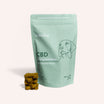


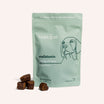
![Probiotics For Dogs [Soft Chews] - HolistaPet](http://www.holistapet.com/cdn/shop/files/Probiotic-Infographic-1_472d7a29-e30c-435a-9638-1365d8c3a9f9.jpg?v=1725384841&width=104)
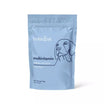


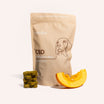
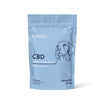


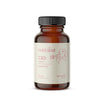
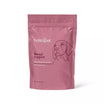
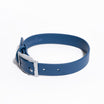
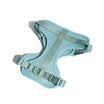
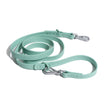

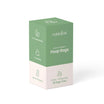
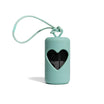


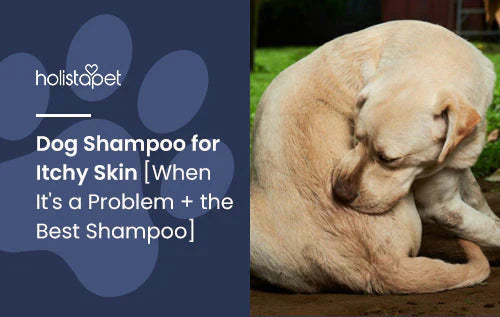
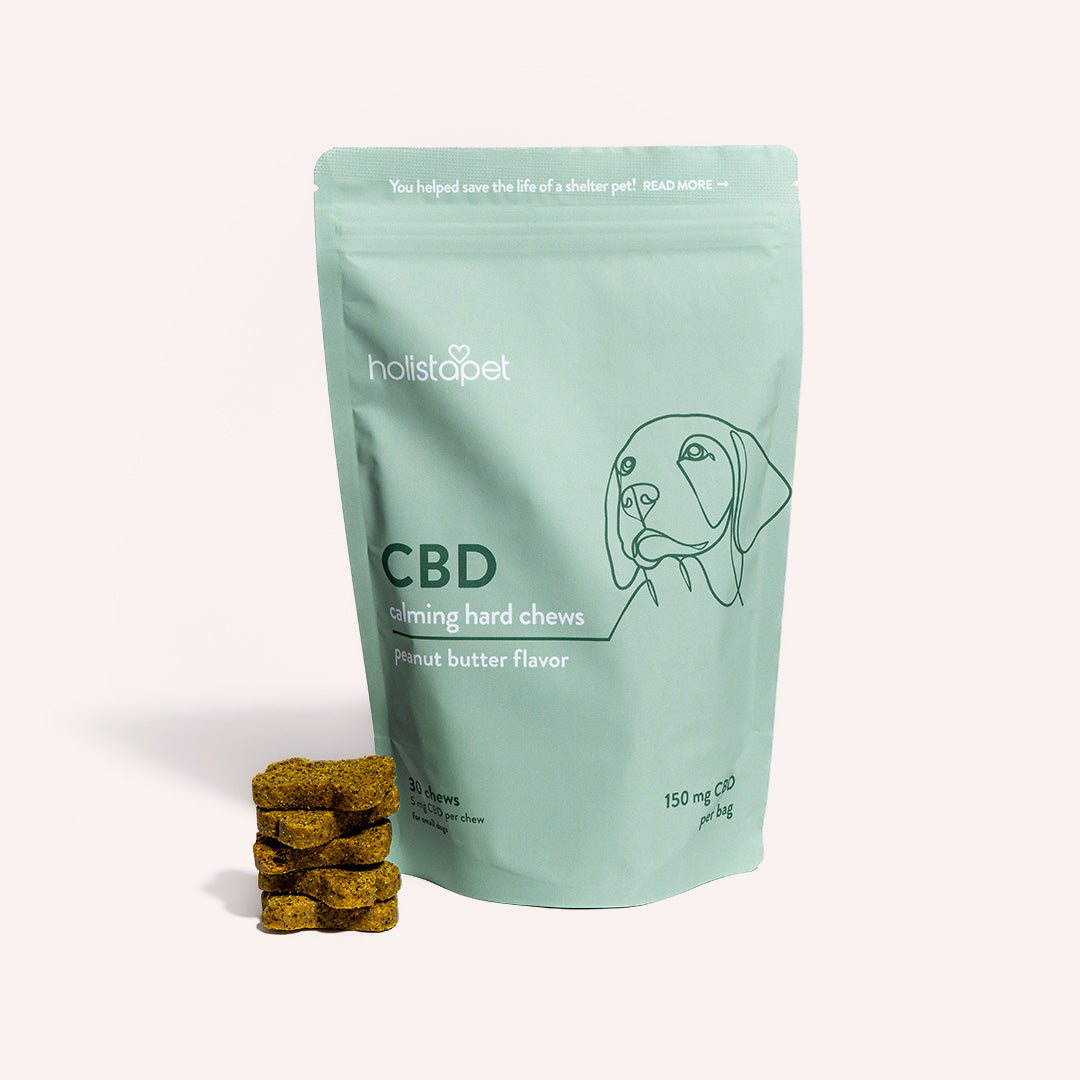

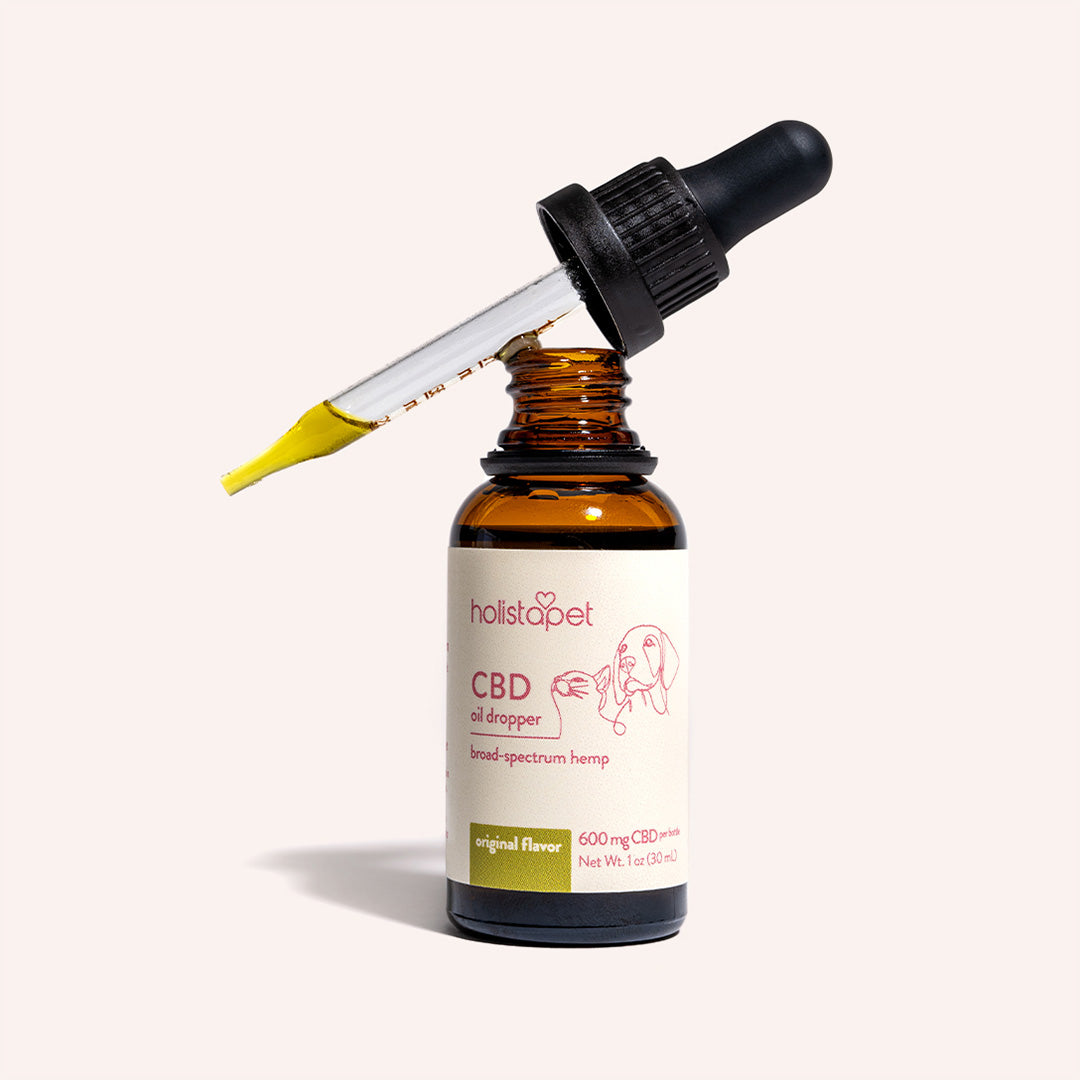
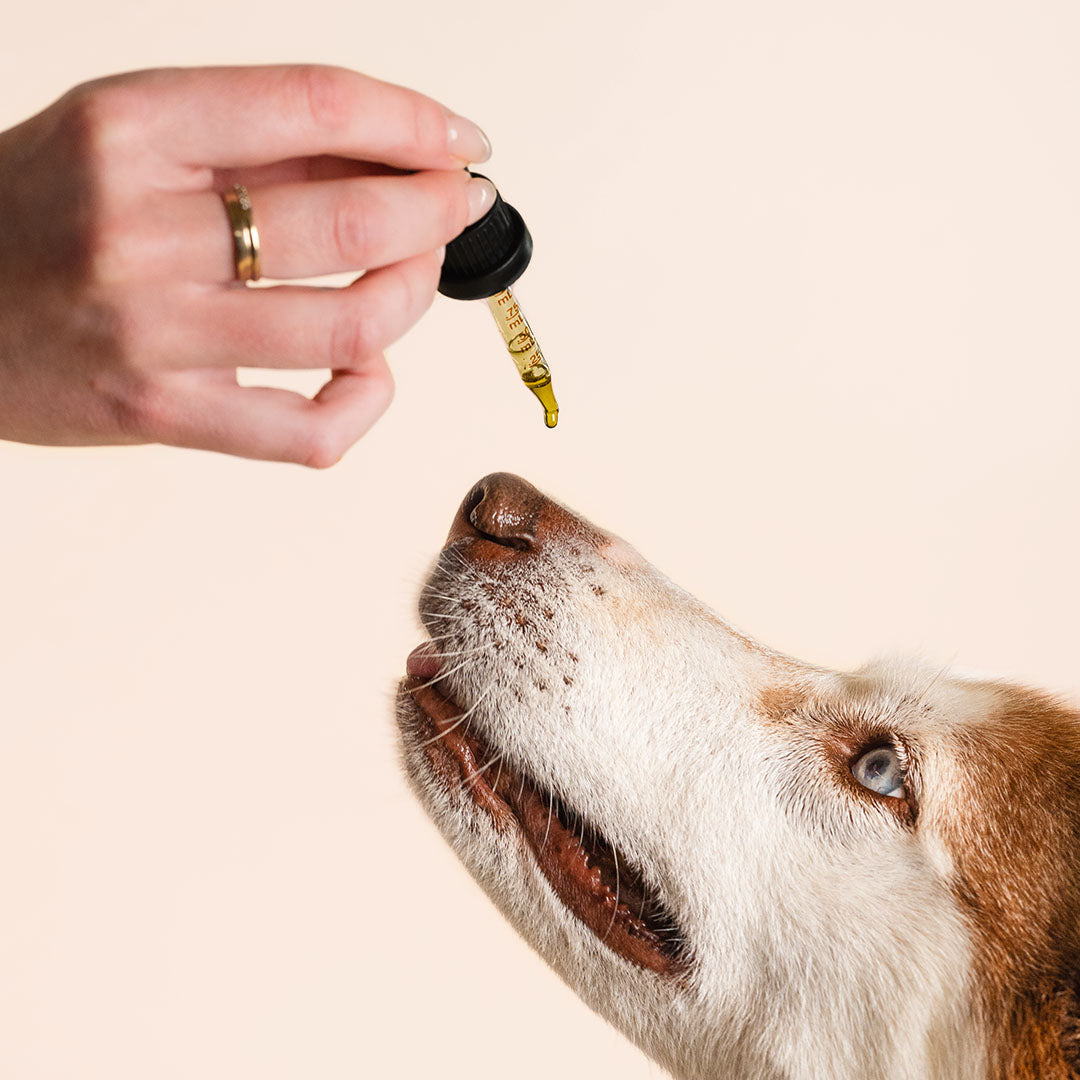


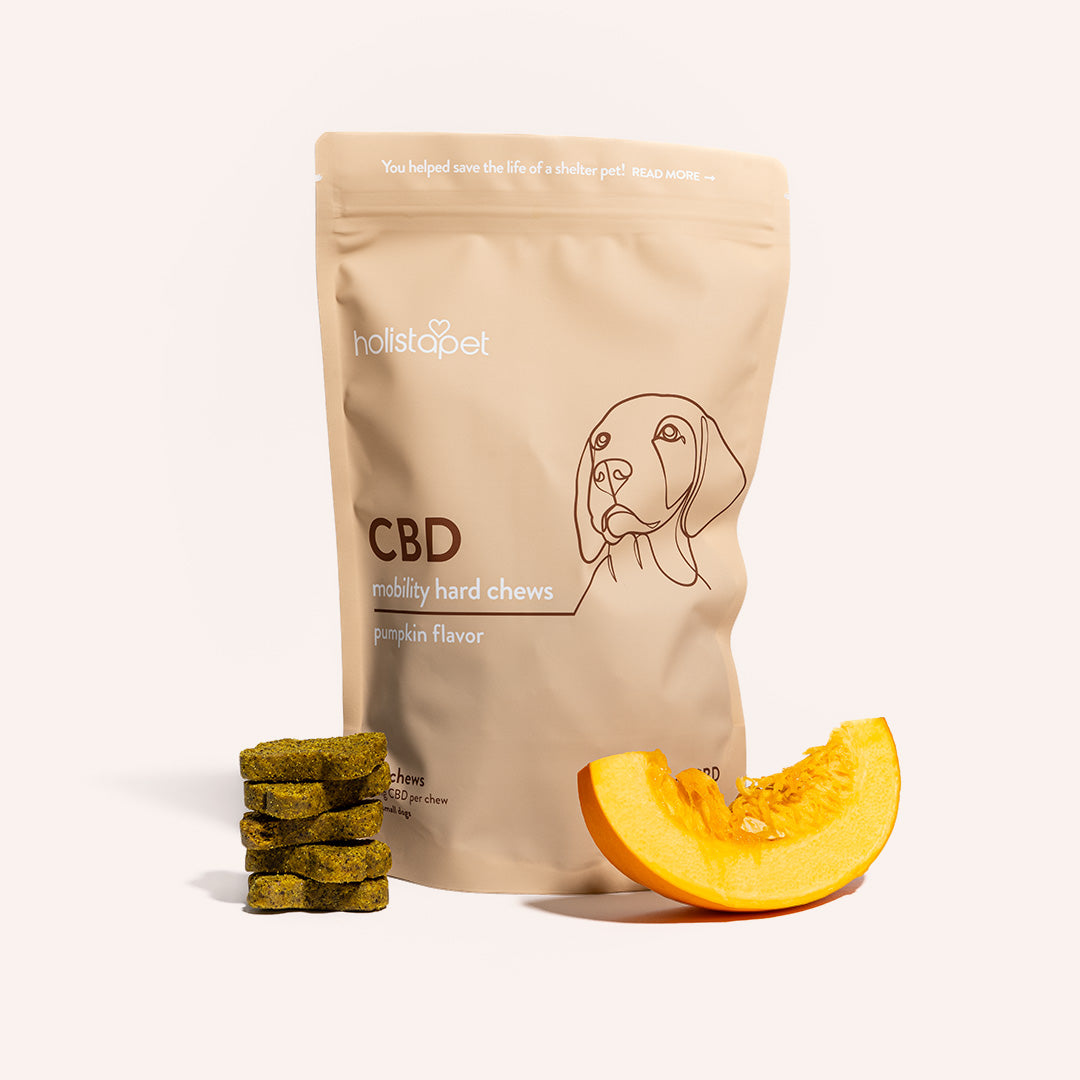


Leave a comment
All comments are moderated before being published.
This site is protected by hCaptcha and the hCaptcha Privacy Policy and Terms of Service apply.